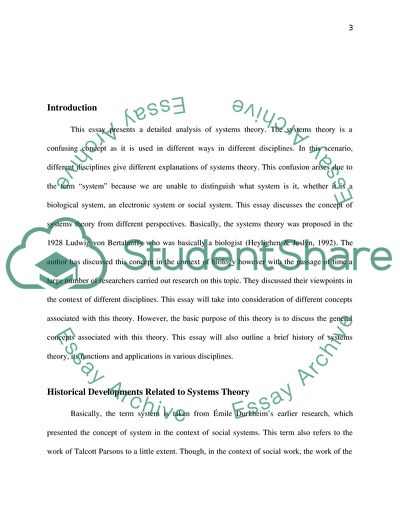Cite this document
(Systems Theory Report Example | Topics and Well Written Essays - 4250 words, n.d.)
Systems Theory Report Example | Topics and Well Written Essays - 4250 words. https://studentshare.org/systems-science/1792575-system-theory
Systems Theory Report Example | Topics and Well Written Essays - 4250 words. https://studentshare.org/systems-science/1792575-system-theory
(Systems Theory Report Example | Topics and Well Written Essays - 4250 Words)
Systems Theory Report Example | Topics and Well Written Essays - 4250 Words. https://studentshare.org/systems-science/1792575-system-theory.
Systems Theory Report Example | Topics and Well Written Essays - 4250 Words. https://studentshare.org/systems-science/1792575-system-theory.
“Systems Theory Report Example | Topics and Well Written Essays - 4250 Words”. https://studentshare.org/systems-science/1792575-system-theory.


